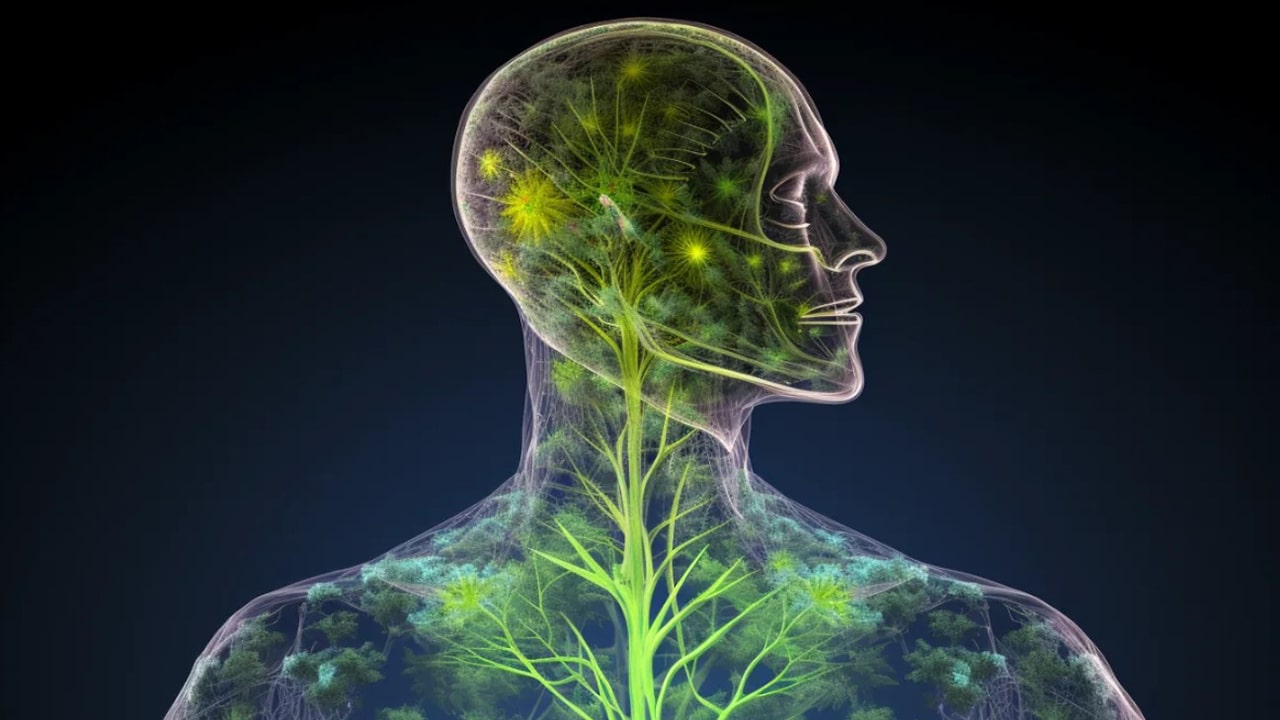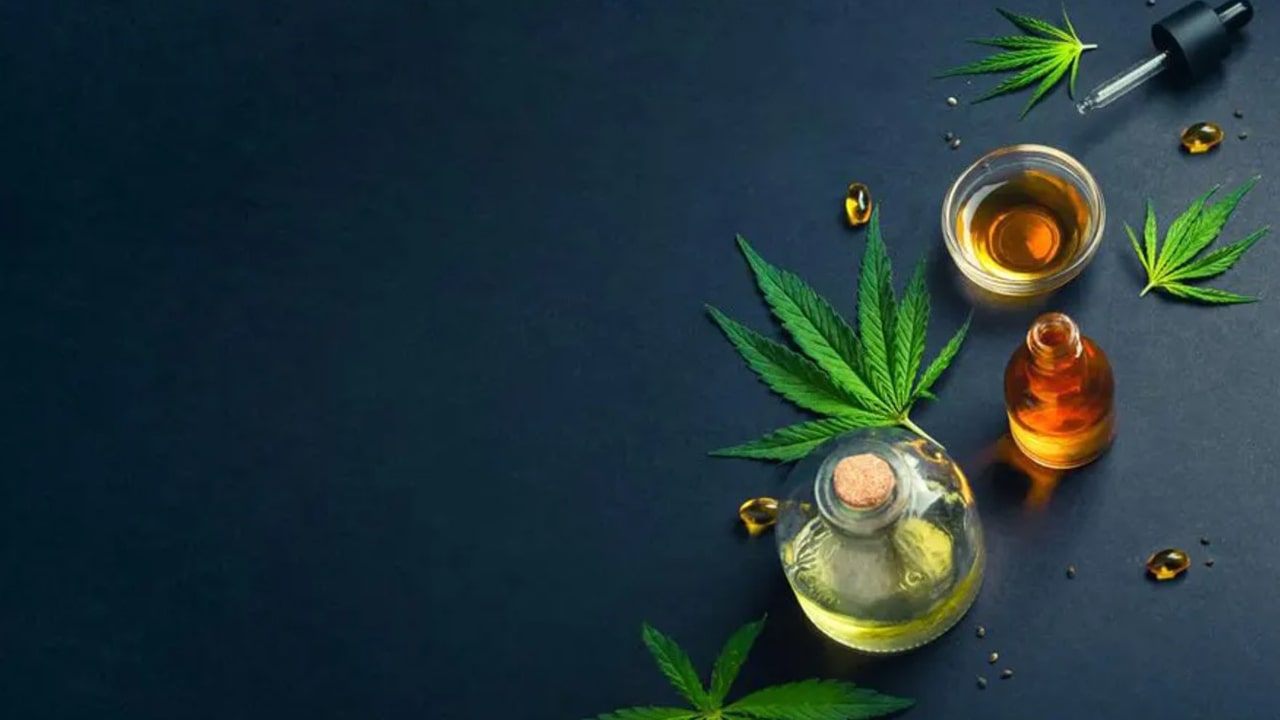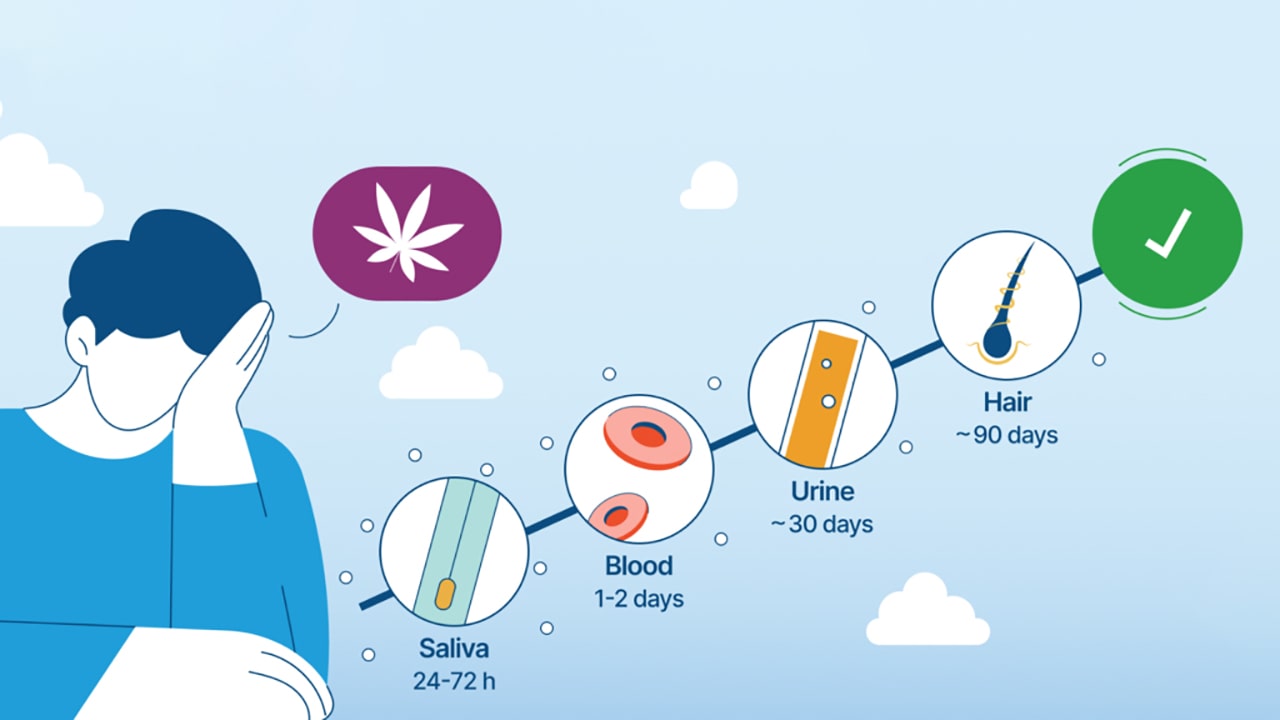There seems to be nothing in your cart.
Didn't find what you were looking for? Contact our consultant.
To save your shopping cart until your next visit, create an account or register .
Browse our Hits sales
There seems to be nothing in your cart.
Didn't find what you were looking for? Contact our consultant.
To save your shopping cart until your next visit, create an account or register .
Browse our Hits sales

Content
Tetrahydrocannabinol (THC) is the main psychoactive component found in cannabis plants. Its chemical structure allows it to interact with cannabinoid receptors in the brain and central nervous system, causing a range of psychoactive effects. The effects of THC on the body can vary depending on the type of cannabis - sativa, indica or hybrid varieties.

Sativa is commonly associated with effects that stimulate mental alertness, elevate mood and provide a boost of energy. These cannabis varieties are often used during the daytime as they help improve focus, creativity, and productivity. When sativa varieties are consumed, THC affects the brain in such a way that a person feels light, energized, and sometimes even euphoric. Sativa effects can include:
Indica, on the other hand, is known for its relaxing and calming effects. The THC in indica varieties often produces sedative effects that promote muscle relaxation and help improve sleep. These varieties are most often consumed in the evening or at night to reduce stress and anxiety levels and prepare for rest. Typical effects of indica include:
When a person consumes cannabis containing THC, the substance is rapidly absorbed into the lungs (if consumed through smoking) or the gastrointestinal tract (if ingested through food). THC then enters the bloodstream and begins to affect cannabinoid receptors, especially CB1 receptors in the brain. These receptors are responsible for regulating mood, appetite, time perception, and pain sensation.
Because THC actively affects the central nervous system, its effects can manifest in a variety of ways. A person may experience changes in time perception, increased sensitivity to sounds and colors, improved appetite, and altered motor coordination.
Thus, the effects of THC are highly dependent on the type of cannabis used - sativa for vigor and activity or indica for relaxation and calmness.
Once THC enters the body, it goes through a complex metabolic process. Whether cannabis has been consumed through smoking, vaporization or in the form of food, the active ingredient THC is absorbed into the bloodstream and transported to various organs and tissues.
Initially, THC is rapidly distributed throughout the body through the bloodstream. Within minutes of inhaling smoke or vapor, THC reaches the brain and begins to interact with cannabinoid receptors. In the case of cannabis ingestion, the process takes longer, from 30 minutes to 2 hours, as THC must first pass through the digestive system.
Most of the metabolism of THC takes place in the liver, where the substance is converted into various metabolites. The liver uses special enzymes from the cytochrome P450 group (especially the CYP2C9 enzyme) to break down THC. This process produces both active and inactive metabolites.
After metabolization in the liver, some THC and its metabolites are excreted with bile through the intestines, while another part is excreted through the kidneys with urine. It is important to note that the rate of this process depends on various factors such as the type of cannabis, frequency of use, age and metabolism of the individual.
THC is metabolized in the same way in both sativa and indica users. The difference between these varieties is not in how THC is processed in the body, but in the effects they produce due to their different chemical composition, including cannabinoid and terpene content.
Sativa typically contains more THC compared to indica, and its effects on the brain are more stimulating. This can lead to increased metabolism during the active phase of the effect, but the process of THC elimination from the body is not directly affected.
Indica often contains less THC but more CBD, which can reduce the psychoactive effects and somewhat smooth out the process of THC metabolization in the body.
THC is excreted through two main routes: urine and feces. Approximately 65% of THC is excreted in the feces, while about 20% is excreted in the urine. The remaining traces may linger in the body for longer periods of time depending on the characteristics of the individual, such as level of physical activity, body fat mass and regularity of use.
The half-life of THC can vary. Those who use cannabis infrequently will eliminate THC more quickly, while in chronic users, THC metabolites may linger in the body for up to several weeks.

Although THC is the main psychoactive component of cannabis, other cannabinoids such as CBD (cannabidiol) can have a significant impact on its effects and rate of elimination from the body. There are also many other factors that can affect the metabolism and excretion of THC.
CBD is a non-psychoactive substance found in both sativa and indica, but in different proportions. Unlike THC, CBD does not cause euphoria, and studies show that it may even reduce the psychoactive effects of THC. This is because CBD interacts with other receptors in the endocannabinoid system, weakening the binding of THC to CB1 receptors.
In addition, CBD can speed up the elimination of THC by lowering its concentration in the blood and attenuating its effects. This effect is especially important for people who use high-THC cannabis varieties but want to avoid excessive psychoactivity or unwanted side effects such as anxiety or paranoia. Studies show that adding CBD to a cannabinoid blend can make the effects of THC softer and more balanced.
There are many factors that can affect how long THC will remain in the body and how quickly it will be eliminated.
Frequency and intensity of cannabis use
On average, THC can be detected in the blood within 1 to 2 days after use, in the urine from 3 to 30 days depending on the frequency of use, and in the hair for up to 90 days. However, these rates vary and depend on the factors mentioned above.
Thus, a combination of factors such as frequency of use, type of cannabis (sativa or indica), CBD content, metabolic rate and body characteristics will determine how quickly THC is eliminated from the body.

Caution! Errors Seeds does not encourage you to grow cannabis and does not contribute to this in any way. Growing is prohibited by Ukrainian law. The article is of purely scientific and informational interest.